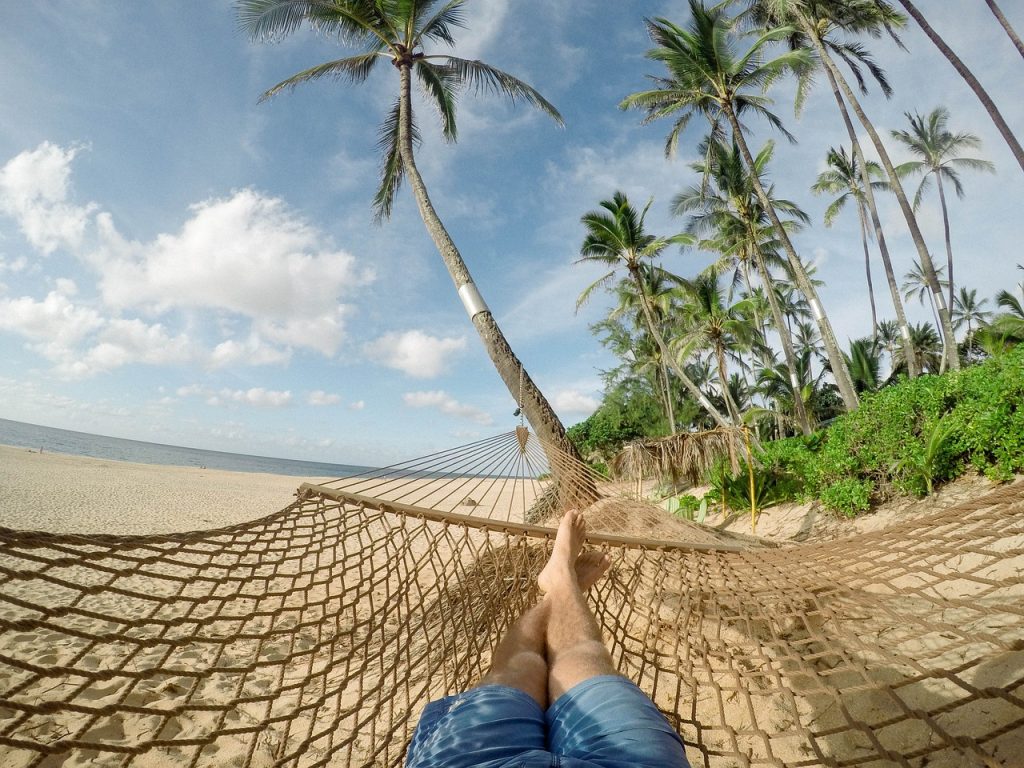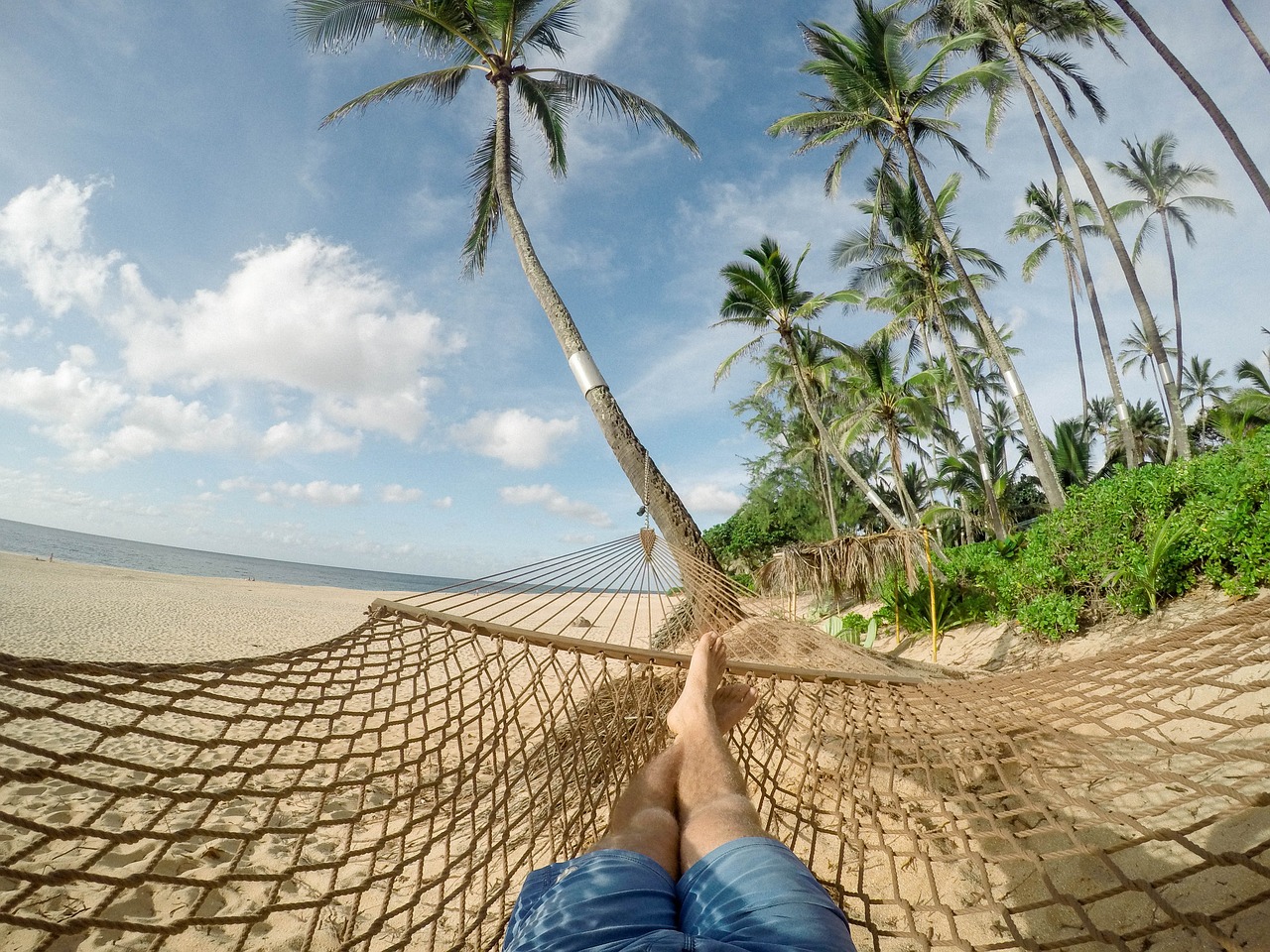Planning a trip can be an exciting yet daunting task. Whether you’re an experienced traveler or a first-timer, crafting a well-organized travel itinerary is essential for a successful and stress-free journey. A travel itinerary serves as your roadmap, helping you make the most of your time, money, and experiences while exploring new destinations. In this comprehensive guide, we’ll walk you through the step-by-step process of creating a travel itinerary that ensures a memorable and enjoyable trip.
Define Your Travel Goals and Preferences
Before you start crafting your travel itinerary, it’s crucial to establish your travel goals and preferences. Consider the following questions:
What is the purpose of your trip? Is it for relaxation, adventure, cultural exploration, or something else?
What is your budget for the trip? Setting a realistic budget will help you make informed decisions throughout the planning process.
How much time do you have for your trip? The duration of your journey will impact the destinations you can visit and the activities you can undertake.
What type of experiences are you looking for? Do you prefer outdoor activities, historical sites, culinary adventures, or a mix of everything?
Are there any specific destinations you’ve always wanted to visit? Prioritize your must-see locations.
Understanding your travel goals and preferences will provide a solid foundation for building your itinerary.

Choose Your Destination(s)
Once you’ve clarified your travel goals, it’s time to select your destination(s). Here are some factors to consider:
Interests: Choose a destination that aligns with your interests. If you’re a history buff, you might opt for a city with a rich historical heritage. Nature enthusiasts may prefer destinations known for their natural beauty.
Season: Consider the time of year you plan to travel. Some destinations are more appealing during specific seasons. For example, skiing in the Alps is best in winter, while beach vacations are ideal in summer.
Travel Restrictions: Be aware of any travel restrictions or visa requirements for your chosen destination(s). Check for COVID-19 related guidelines and restrictions, which may still be relevant depending on the current situation.
Accessibility: Think about how easy it is to reach your destination. Some locations may require multiple flights and long layovers, while others may offer direct routes.
Budget: Ensure your budget aligns with the cost of traveling to and within your chosen destination. Some places are more budget-friendly than others.
Research Your Destination(s)
Once you’ve selected your destination, dive into thorough research. Gather information on the following aspects:
Attractions: Identify the must-see attractions, landmarks, and activities at your destination. Make a list of all the places you want to visit and experiences you want to have.
Local Culture: Learn about the local customs, traditions, and etiquette of your destination. Understanding the culture will help you show respect and engage with locals more effectively.
Accommodations: Research various accommodation options, including hotels, hostels, Airbnb rentals, and boutique guesthouses. Consider factors like location, price, and reviews.
Transportation: Explore transportation options within the destination, such as public transit, taxis, and rental cars. Determine the best way to get around and plan accordingly.
Food and Dining: Discover the local cuisine and popular restaurants or street food stalls. Food is an essential part of the travel experience.
Safety: Check for any safety concerns or travel advisories related to your destination. Stay informed about the current political and social climate.
Language: Familiarize yourself with the local language, or at least learn some basic phrases to facilitate communication.
Create a Travel Itinerary Template
Before you start filling in the details of your itinerary, create a template to organize your plans. A basic itinerary template includes the following elements:
Dates and Duration: Specify the dates of your trip and how many days you plan to spend at each destination.
Daily Schedule: Divide each day into time blocks (e.g., morning, afternoon, evening) and allocate specific activities or attractions to each block.
Travel Details: Include information about your flights, train or bus reservations, and transportation within the destination.
Accommodations: List the names, addresses, and contact information for your chosen accommodations.
Budget: Create a budget section to track your expenses, including accommodations, meals, activities, and transportation.
Emergency Contacts: Keep a list of emergency contacts, including the local embassy or consulate, as well as family and friends back home.
Having a structured template will make it easier to organize your itinerary and ensure you don’t miss any essential details.

Prioritize Activities and Attractions
With your template in hand, start filling in the details of your itinerary. Begin by prioritizing the activities and attractions you want to experience. Use the following strategies to help you decide:
Must-See vs. Optional: Identify the must-see attractions and activities that are non-negotiable for your trip. These should be scheduled first. Then, add optional activities that you can include if time allows.
Proximity: Group activities that are located close to each other on the same day to minimize travel time between sites.
Opening Hours: Check the opening and closing hours of museums, landmarks, and attractions to plan your visits accordingly.
Time Allowance: Allocate an appropriate amount of time for each activity. Some may require a few hours, while others may only take an hour or less.
Rest and Relaxation: Don’t forget to schedule downtime for rest and relaxation. Travel can be exhausting, so give yourself time to unwind.
Create a Day-by-Day Itinerary
Once you’ve prioritized your activities and attractions, start creating a day-by-day itinerary. Here’s how to structure each day:
Morning: Begin with breakfast and plan a morning activity or attraction. Consider visiting popular sites when they are less crowded.
Afternoon: Schedule lunch and an afternoon activity. This could be another attraction, a cultural experience, or leisure time.
Evening: Plan dinner and evening entertainment. Explore local dining options or enjoy cultural performances, nightlife, or strolls through the city.
Flexibility: Allow for flexibility in your schedule. Unexpected discoveries and opportunities may arise, so leave some free time to accommodate them.
Rest Days: If your trip is longer, consider including rest days or days with fewer activities to prevent burnout.
Optimize Your Travel Itinerary
Creating the perfect travel itinerary often involves some optimization. Here are tips to ensure your itinerary flows smoothly:
Time Management: Be realistic about the time it takes to travel between locations. Avoid packing your days too tightly, leaving room for delays or unexpected adventures.
Balance: Aim for a balance of activities. Mix sightseeing with relaxation, cultural experiences, and dining to create a well-rounded itinerary.
Prioritization: Ensure you prioritize your top attractions earlier in the day when you have more energy and attention.
Transportation: Plan your transportation to minimize backtracking and unnecessary travel time.
Booking in Advance: Consider booking tickets or reservations for popular attractions or restaurants in advance to secure your spot and avoid long lines.
Local Insights: Don’t hesitate to ask locals or fellow travelers for recommendations. Sometimes, the best experiences come from local insights.
Create Digital and Physical Copies
Once your itinerary is complete, it’s essential to have digital and physical copies readily available. Here’s what to do:
Digital Copies: Store your itinerary in a digital format, such as a note-taking app, a travel planning app, or even a spreadsheet. Make sure it’s accessible offline, as you may not always have an internet connection during your travels.
Printed Copies: Print out a physical copy of your itinerary and include important details like flight information, accommodation addresses, and emergency contacts. Having a hard copy as a backup can be invaluable.
Stay Flexible and Adapt
While a well-planned itinerary is essential, it’s equally important to remain flexible and adaptable. Unexpected situations can arise during travel, such as changes in weather, transportation delays, or last-minute discoveries. Embrace these moments and be open to adjusting your plans as needed.
Use Travel Apps and Tools
In the digital age, various travel apps and tools can enhance your travel experience. Consider using the following:
Navigation Apps: Apps like Google Maps or Waze can help you navigate unfamiliar cities and find your way around.
Translation Apps: Download a translation app to facilitate communication in foreign languages.
Travel Planner Apps: There are several apps designed specifically for travel planning, such as TripIt, which can help you organize all your travel information in one place.
Weather Apps: Stay updated on the weather forecast for your destination to plan accordingly.
Currency Conversion Apps: Use currency conversion apps to keep track of expenses in different currencies.
Trip Journal Apps: Document your travel experiences with a journal app, capturing memories and insights along the way.
Creating a travel itinerary is a vital part of trip planning, ensuring that you make the most of your time and have a memorable journey. By defining your travel goals, selecting the right destination, researching thoroughly, and prioritizing activities, you can craft a well-structured itinerary that meets your needs. Remember to stay flexible, adapt to unforeseen circumstances, and use technology to enhance your travel experience. With a carefully planned itinerary in hand, you’re ready to embark on your adventure with confidence and excitement, knowing that you’ve prepared for an unforgettable journey.

Executing Your Travel Itinerary
Now that you’ve created your meticulously planned travel itinerary, it’s time to put it into action. This section will guide you through the steps to ensure a smooth execution of your itinerary, allowing you to fully enjoy your travel experience.
Pre-Departure Checklist
Before you depart for your trip, make sure to complete the following checklist:
Passport and Visa: Ensure your passport is valid for at least six months beyond your return date. Check if you need a visa for your destination and obtain one if necessary.
Travel Insurance: Purchase comprehensive travel insurance that covers medical emergencies, trip cancellations, and lost luggage.
Packing: Pack according to the weather and activities at your destination. Don’t forget essentials like chargers, adapters, and toiletries.
Documents: Gather all necessary documents, including your itinerary, flight tickets, hotel reservations, and any required vaccination certificates.
Money Matters: Notify your bank about your travel dates to prevent any issues with your credit or debit cards while abroad. Carry a mix of cash, cards, and a money belt for added security.
Health and Medications: Stock up on any prescription medications you’ll need during your trip and carry a small first-aid kit.
Transportation and Accommodations
Arranging transportation and accommodations smoothly is crucial for a successful trip:
Flights: Arrive at the airport well in advance of your flight’s departure time, as international flights typically require you to check in at least two hours before departure.
Accommodations: Check-in and check-out times may vary, so coordinate your arrival with your hotel’s schedule. Notify them if you anticipate a late arrival.
Local Transportation: If you’ve arranged local transportation in advance, confirm the pickup location and time. If you’re relying on public transit, research routes and schedules ahead of time.
Daily Execution
As you embark on your journey, keep these tips in mind for executing your daily itinerary:
Review: Begin each day by reviewing your itinerary and making any necessary adjustments based on weather conditions, unexpected changes, or new recommendations.
Stay Organized: Keep all travel-related documents, including your passport, itinerary, and tickets, in a secure and easily accessible place, such as a travel wallet.
Budget Tracking: Stay on top of your budget by recording your expenses daily. This will help you manage your finances and avoid overspending.
Be Punctual: Stick to your schedule as closely as possible to make the most of your time at each destination.
Stay Connected: Ensure your phone is charged and has a local SIM card or an international roaming plan for communication and navigation.
Safety and Security
Prioritize your safety and security during your travels:
Be Aware: Stay aware of your surroundings and avoid risky areas, especially at night. Use reputable transportation services and follow safety guidelines provided by your accommodation.
Keep Valuables Secure: Carry important documents, money, and electronics in a secure and inconspicuous manner, such as in a money belt or hidden pouch.
Emergency Contacts: Save local emergency numbers, such as those for the police, medical services, and the nearest embassy or consulate, in your phone.
Travel Companions: If you’re traveling with others, establish a plan for staying connected and regrouping in case you get separated.
Embrace Local Experiences
While following your itinerary is essential for a well-organized trip, don’t forget to leave room for spontaneity and local experiences:
Interact with Locals: Engage with local people, whether through conversation or by participating in local customs or activities. This can provide unique insights into the culture.
Try Local Cuisine: Sample traditional dishes and street food to savor the local flavors. Ask for recommendations from locals or fellow travelers.
Explore Beyond the Itinerary: Be open to unexpected discoveries and adventures. Sometimes, the most memorable experiences occur when you veer off the planned path.
Capture Memories: Take photos and keep a travel journal to document your experiences, creating lasting memories.
Post-Trip Reflection
Once your journey comes to an end, take time to reflect on your travel experience:
Review Your Itinerary: Analyze what worked well and what could be improved in your itinerary for future trips.
Share Your Experience: Share your travel stories and photos with friends and family, or consider starting a travel blog or social media account to inspire others.
Gratitude: Express gratitude for the memorable moments and the opportunity to explore new places.
Future Planning: Begin thinking about your next adventure and how you can apply what you’ve learned to create an even better itinerary.
In conclusion, creating and executing a travel itinerary is a rewarding process that ensures a well-organized and memorable journey. While planning is essential, staying flexible and open to new experiences is equally important. By following these steps, you can confidently embark on your travels, knowing that you’ve prepared for an unforgettable adventure. Safe travels!
Travel Itinerary FAQ
What is a travel itinerary?
A travel itinerary is a schedule of events and plans for a trip. It includes details such as transportation, accommodations, planned activities, and reservations.
Why is creating a travel itinerary important?
It helps in organizing your trip, ensuring that you make the most of your time and don’t miss important attractions or experiences. It can also help in managing travel logistics and reducing stress.
How far in advance should I plan my itinerary?
This depends on your destination and the nature of your trip. For a busy tourist destination or during peak seasons, it’s advisable to plan at least a few months in advance.
Should I leave room for spontaneity in my itinerary?
Yes, it’s a good idea to leave some free time in your itinerary. This allows for rest, unexpected discoveries, or changes in plans.
What are the essentials to include in a travel itinerary?
Key elements include travel dates, flight/train/bus details, accommodation information, activities or tours, transportation within the destination, and emergency contact information.
How detailed should my itinerary be?
It should be detailed enough to provide a clear plan and directions but flexible enough to allow for changes. Include timings, addresses, and any booking references.
What tools or apps can I use to create a travel itinerary?
There are various apps and online tools like Google Trips, TripIt, or Roadtrippers that can help in organizing and managing your travel plans.
How can I manage a group itinerary effectively?
Communicate clearly with your group, consider everyone’s interests, and plan for group activities. Using a shared itinerary app can be helpful.
Should I account for different time zones in my itinerary?
Yes, especially if your trip involves multiple countries or long-distance travel. This is important for managing flight times and check-in/check-out at accommodations.
How can I make my itinerary environmentally friendly?
Opt for eco-friendly accommodations, use public transport or rent bicycles, choose activities that don’t harm the environment, and respect local customs and ecosystems.
Remember, while an itinerary is a great tool for planning, be flexible and open to changes that might come up during your travels.














